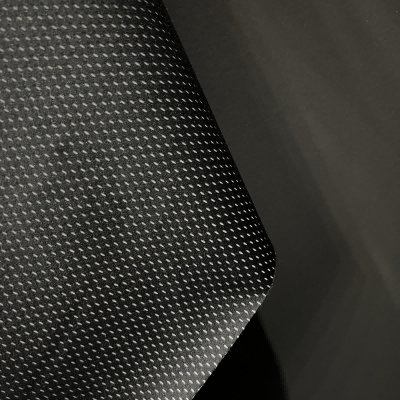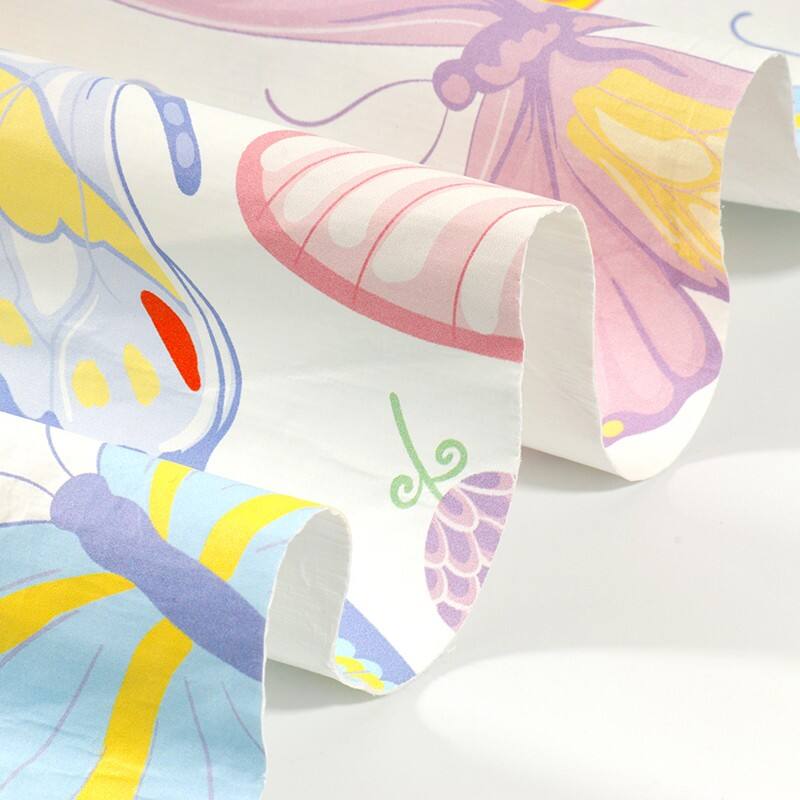most eco friendly clothing material
Hemp stands out as the most eco-friendly clothing material available today, offering a sustainable solution to the fashion industry's environmental challenges. This versatile fiber requires minimal water consumption, growing to maturity in just 100 days while naturally resisting pests and diseases, eliminating the need for harmful pesticides. Hemp plants are exceptional carbon sequesters, absorbing more CO2 than trees, and their deep root systems help prevent soil erosion and improve soil health. The material production process is remarkably efficient, using significantly less water than cotton and requiring no synthetic chemicals. Hemp fabric possesses remarkable natural properties, including UV protection, antimicrobial characteristics, and excellent breathability. The material becomes softer with each wash while maintaining its durability, making it ideal for various clothing applications from casual wear to luxury fashion. Modern processing techniques have refined hemp's texture to rival the softness of premium cotton while retaining its inherent strength and longevity. This revolutionary material represents a perfect fusion of environmental consciousness and practical functionality in modern sustainable fashion.


